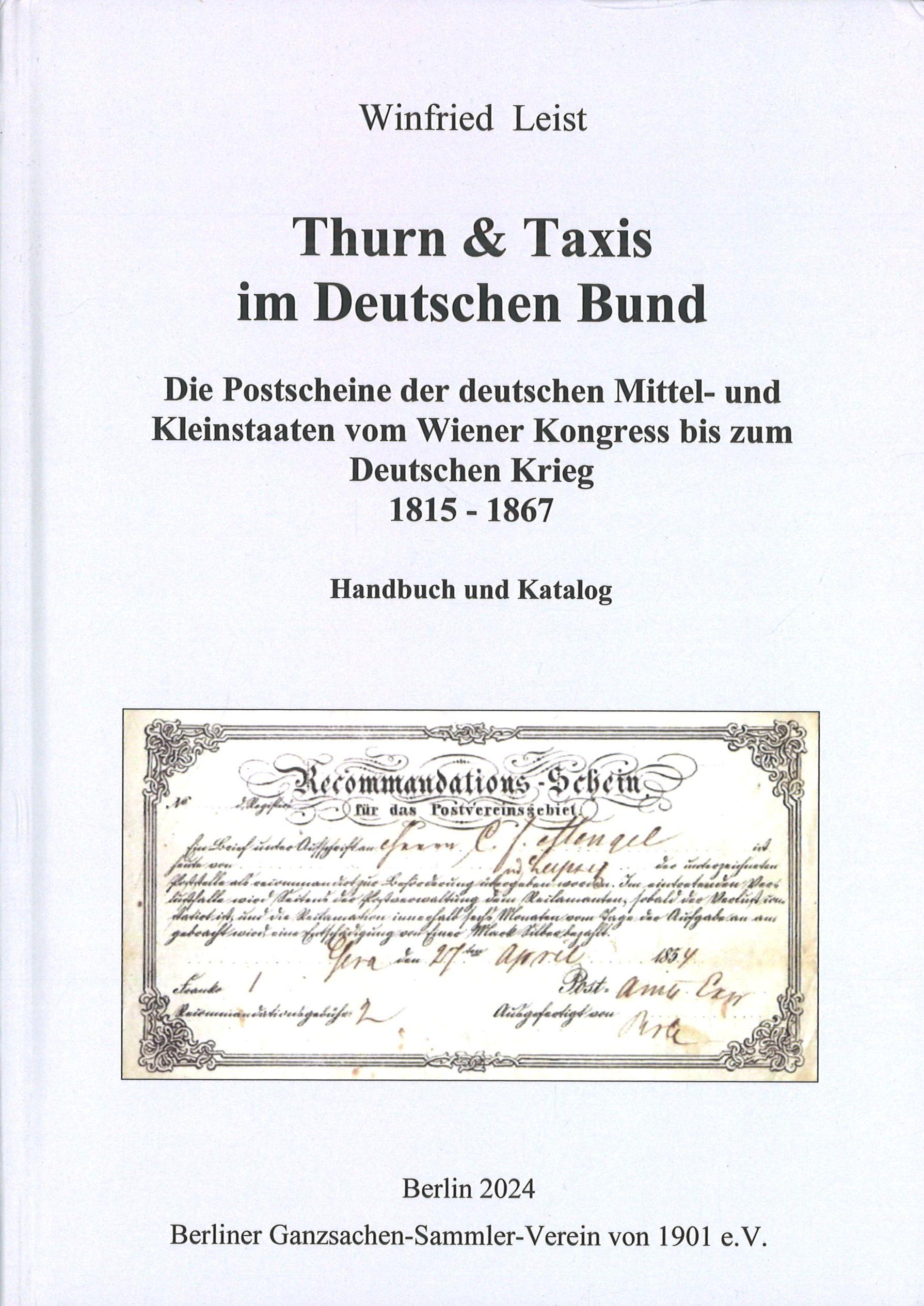This catalogue is a considerably expanded attempt to record all the postal notes of the states of the German Confederation that used the Princely Thurn & Taxis Post for the first time, so it deserved this recognition. The exception is the Kingdom of Württemberg, where Hans A. Weidlich completed this work 45 years ago, publishing it in several volumes.
Studying postal notes from 1815–1867 takes us back to a time when industrialisation was just beginning. It is hard to imagine that there was no state-guaranteed paper money at that time. Cautious people often paid their bills in cash, sending coins by post. This resulted in postal deliveries becoming so heavy that the packaging could be described as ‘a barrel of money’. Many things were different back then, not only at the post office, but also in government administration. In some places, for example, the local community had to pay for the upkeep of prisoners. They used the post office for this purpose. The annexation of Kurhessen by Prussia in 1866 resulted in the abolition of postal notes. There is much more that can fascinate the historically minded collector.
By listing the postal notes according to the countries that issued them rather than their locations, Leist has made them easier to compare and classify. The catalogue is based on his own collection, which he admits still has many gaps. Nevertheless, the overall structure is clear and helps collectors to organise their postal notes. The highest level of classification is therefore the federal state. This is determined with the help of Münzberg’s post station catalogue and, above all, Wikipedia. The stamps are then arranged roughly in chronological order and illustrated. These illustrations make the stamps easier to find and identify.
The book was published by the Berlin Ganzsachensammler-Verein (Berlin Collectors’ Association), which has a long tradition of collecting postal forms. The hardback edition, which has 264 pages, costs €32.50 (€25 for BGSV or ArGe Thurn und Taxis members), plus shipping. Delivery by: Norbert Sehler, Kreuznacher Str. 20, 14197 Berlin Email: bgsv@bg.
Translated with DeepL (www.deepl.com)


